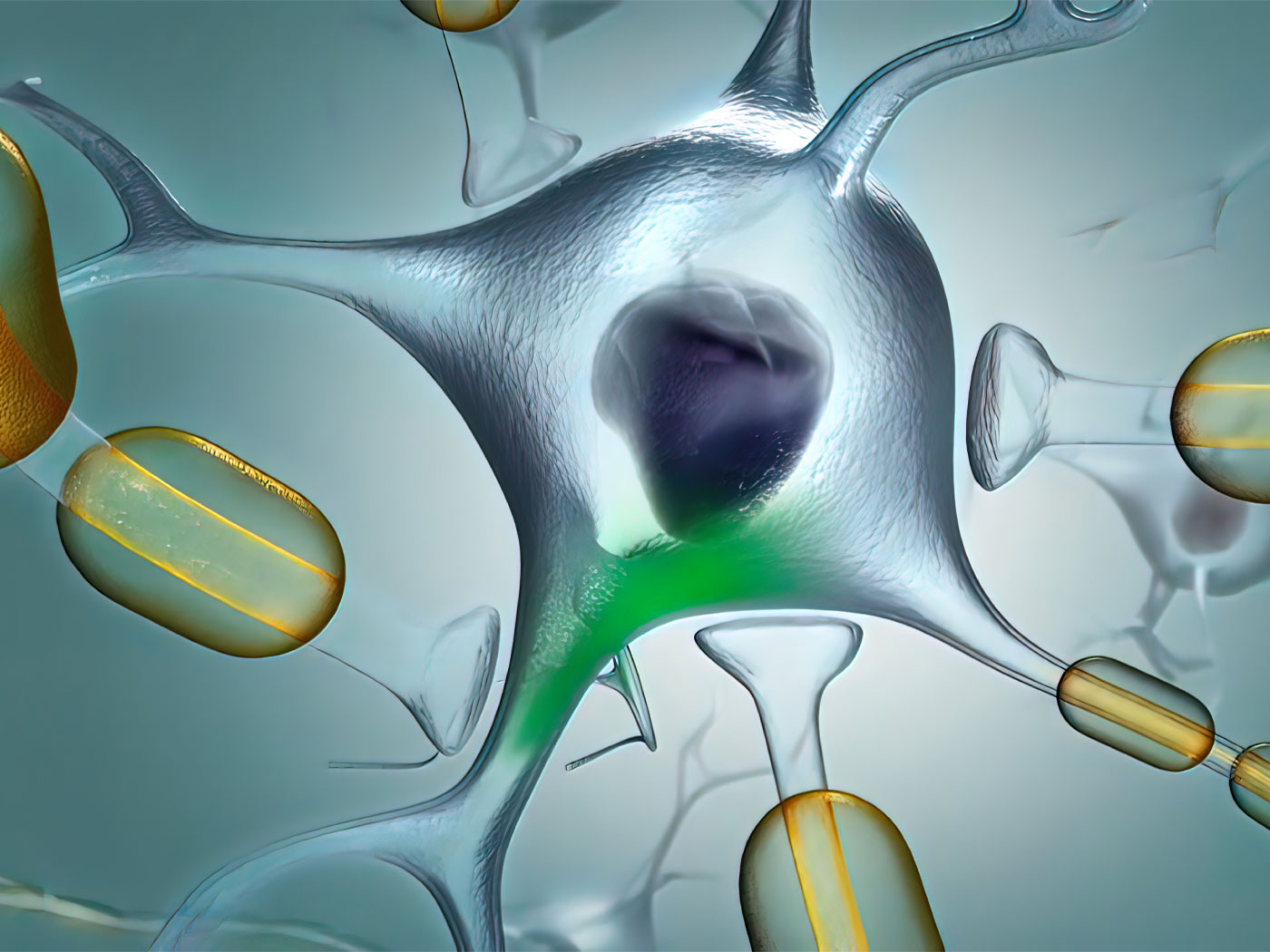Did you know that about 50% of the oxygen in the air you breathe comes from plankton in our oceans? Specifically, microplankton is made up of tiny organisms that are a mixture of zooplankton (animals) and phytoplankton (photosynthetic creatures).
A fascinating discovery has been recently made regarding microplankton:
Biophysicists from the University of Luxembourg have uncovered how microplankton...adopt a thrifty lifestyle when nutrients turn limiting. They strategically harness internal lipids [fats] to regulate swimming properties to maximize their fitness.1
Not only can these tiny organisms “strategically harness internal lipids to regulate swimming properties”, but the article also stated,
Precise tracking of the intracellular organelles (both size and position within cells) and the swimming behavior reveal an emergent synergy between active lipid movement and cell-shape that ultimately enables microplankton to navigate dynamic nutrient landscapes.1
In other words, what we clearly see in this detailed research are phytoplankton that are designed with the capability to solve environmental problems, enabling them to maintain their place in an ecological niche. Such an innate ability has nothing to do with the blind process of evolution through enormous time periods.
Regardless, the article calls the microplankton’s ability to “strategically harness internal lipids” an “evolutionary trick”.1 But creationists, rather than appealing to the “millions of years” ruse, see this thrifty lifestyle as the natural outworking of microplankton’s own distinctive capabilities placed there by the Creator. Specifically, the microplankton are designed by God to undergo continuous environmental tracking.2 The article unknowingly alludes to this by stating, “Over the last years, Prof. Sengupta has pioneered discoveries that point toward exquisite biomechanical strategies which phytoplankton employ to adapt to changes in their habitat...”1 The microplankton are continually tracking their environment rather than the adaptation being an externally driven process as advocated by most evolutionists.
“Exquisite biomechanical strategies”, “an emergent synergy”, “solving environmental problems” and “strategically harness”1 can only come from purpose and plan (creation), not chance and time (evolution). The microplankton are designed to continuously track their environment and are not part of an ill-defined “evolutionary trick.”
References1. “Active Lipids Enable Intelligent Swimming under Nutrient Limitation.” University of Luxembourg. Posted on uni.lu November 15, 2022, accessed December 6, 2022.
2. Guliuzza, R. Continuous Environmental Tracking: A New Engineering-Based Biological Model. ICR. Posted on icr.org, accessed December 6, 2022.
* Dr. Sherwin is science news writer at the Institute for Creation Research. He earned an M.A. in zoology from the University of Northern Colorado and received an Honorary Doctorate of Science from Pensacola Christian College.
Image Credit (Stage Image): NOAA



















